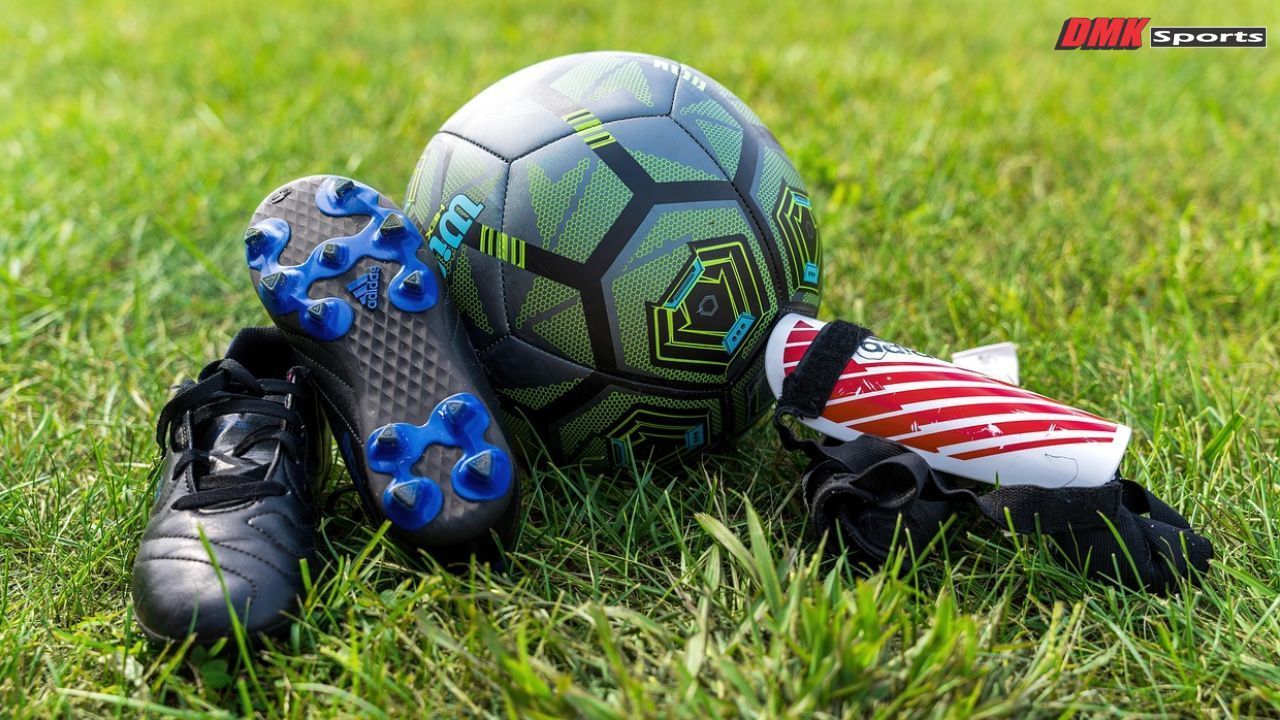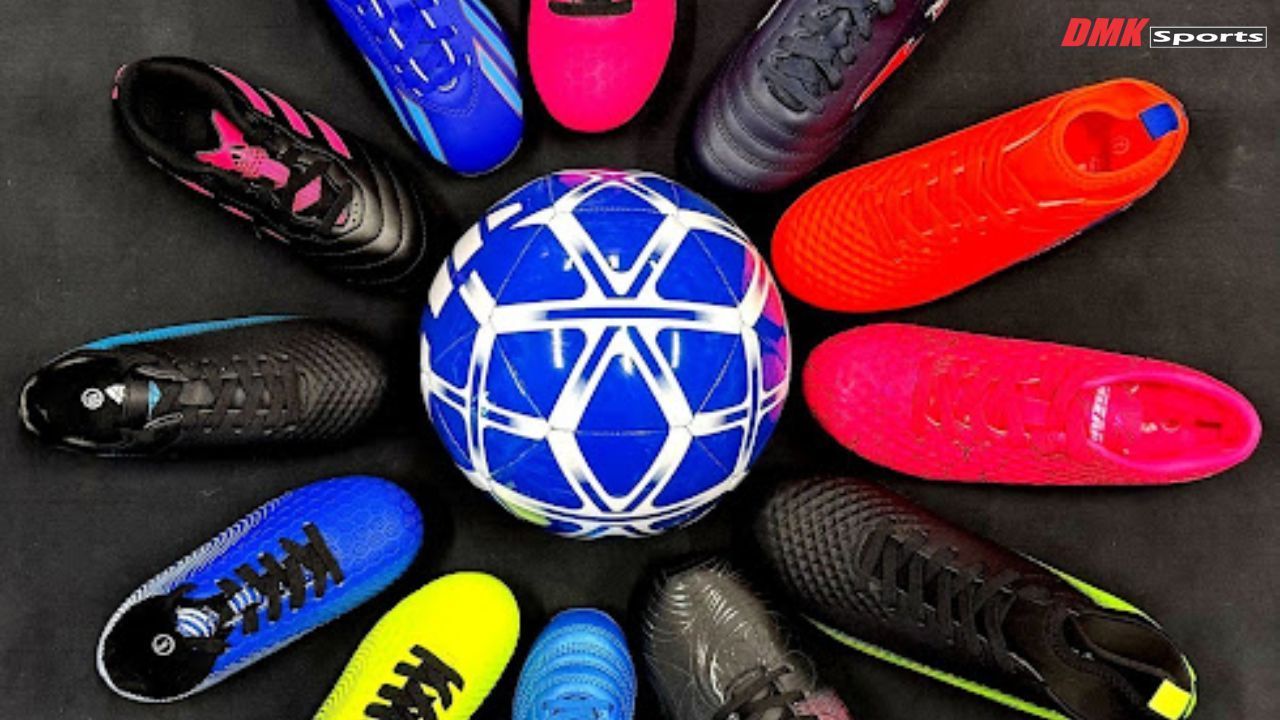What is the Difference Between Cleats and Spikes?

When it comes to sports performance, every step counts, you need to be competitive enough on a level plain field, this is why understanding the difference between the cleats vs spikes could provide the essential information for optimizing performance, safety, and durability in the long run.
Here's everything you need to know about cleats and spikes. While both types of footwear are designed to enhance traction, yet they function differently depending on the sport, playing surface, and movement patterns.
Defining Cleats
Cleats are mainly designed for traction on soft or natural surfaces, these are shoes equipped with protrusions(bump) on the sole, typically made of rubber or plastic.
Cleats are used in sports such as soccer, football, rugby, and baseball, where grip and lateral stability are crucial.
- Materials used in cleat studs are typically made from
rubber, TPU (thermoplastic polyurethane), or molded plastic, commonly for grass or artificial turf.
- Design Focus: Cleats are designed for
multidirectional traction, allowing you to sprints, and sudden stops without slipping.
- Weight and Flexibility: these are
lightweight with structural support, each are known for enhancing comfort during prolonged activities.
For a comprehensive selection of adult soccer cleats, DMK Sports offers a variety of options suitable for different playing styles and preferences. Explore their collection here: Adult Soccer Cleats at DMK Sports.
Defining Spikes
Spikes, on the other hand, are designed for track and field events featuring metal or hard plastic protrusions, where the goal is to maximize linear acceleration and grip on firm surfaces. A spike provides point-specific traction during toe-off in sprints or jumps, reducing energy loss.
- Materials used to make Spikes consist of
steel, aluminum, or hard plastic, known to be
rigid, and to have aggressive traction on track lanes.
- Design Focus: these are designed for forward propulsion, offering minimal lateral stability.
- Weight and Flexibility: These Spikes are
extremely lightweight, these are made rigid to enhance energy transfer during explosive movements.
Surface Compatibility between Cleats or Spikes
Surface Compatibility between Cleats or Spikes lies in surface compatibility:
- Cleats are made for soft surfaces such as natural grass or turf. They prevent you from slipping during lateral movements, crucial in soccer, rugby, and football.
- Whereas if we talk about Spikes
it is built for
firm, hard surfaces like to maximize forward thrust and stability during high-speed runs.
Attempting to use spikes on turf or cleats on a track can lead to injuries, reduced performance, and accelerated wear of the footwear.
Sport-Specific Applications
- For soccer it is required to have evenly distributed studs for ball control, agility, and traction on grass or turf.
- Whereas in Football, cleats with variable stud lengths, perfect for maintaining stability during tackles and sprints to accommodate forward movements.
- Track and Field: on the other hand spikes are used in
sprints, middle-distance, long-distance, and jumping events, where
maximum linear traction directly impacts performance.
Performance Considerations
The functional differences between cleats and spikes translate into distinct performance outcomes:
- Cleats: Support
rapid changes of direction, lateral stability, and
all-around traction. They are suited for
dynamic sports involving multidirectional movement.
- Spikes: Enhance
straight-line speed, propulsion, and jump take-off. They are ideal for
linear events where minimal lateral support is needed.
Foot and Joint Impact
Cleats are designed to distribute pressure across the foot, reducing the risk of localized injuries from studs or uneven terrain. Conversely, spikes concentrate force at specific points, which increases stress on the forefoot and toes, potentially causing blisters, turf toe, or metatarsal strain if used improperly.
Durability and Maintenance
- Cleats: Generally more durable on
natural and artificial surfaces, requiring occasional stud replacement or cleaning after muddy or wet conditions.
- Spikes: Prone to
wear on hard surfaces, particularly the tips, which may need frequent replacement. Track spikes are often
event-specific, emphasizing short-term performance over long-term durability.
Weight Differences
Weight is a crucial factor affecting speed and endurance:
- Cleats: Balanced between
lightweight comfort and protective support, usually ranging from 7 to 12 ounces depending on the sport and design.
- Spikes: Ultra-lightweight, often under 6 ounces, designed to
minimize energy expenditure during sprints or jumps.
Design Innovations
Modern cleats and spikes incorporate advanced materials and ergonomics:
- Cleats: Lightweight synthetic uppers, improved sole flexibility, and removable studs for
adaptation to different field conditions.
- Spikes: Carbon-fiber plates, aerodynamically shaped spikes, and minimalistic uppers to
maximize speed and propulsion.
Choosing Between Cleats and Spikes
Selecting the correct footwear depends on:
- Sport and Movement Type: Multidirectional sports require cleats; linear speed events require spikes.
- Surface Conditions: Soft grass or turf favors cleats; firm tracks favor spikes.
- Performance Goals: Agility, lateral support, and ball control versus maximum forward propulsion.
- Foot Protection Needs: Cleats offer distributed support; spikes prioritize speed over protection.
Recommended Reads:
- What Soccer Cleats Have the Best Support? A Guide for Stability & Comfort
- Are Soccer Cleats and Football Cleats the Same?
- How to Choose the Best Adult Soccer Cleats
- Can You Use Soccer Cleats for Football? What to Know Before You Try
Conclusion
Whether you go for cleats or spikes, one must keep in mind that both extend far beyond appearance. Cleats are made for your traction, lateral stability, and multidirectional performance on soft surfaces. On the other hand, spikes are designed for your acceleration, with its lightweight design it is easier for you to move, and penetrate into firm surfaces.
You should choose cleats or spikes based on your sport, surface, and performance in order to maximize efficiency, prevent injuries, and maintain durability.










